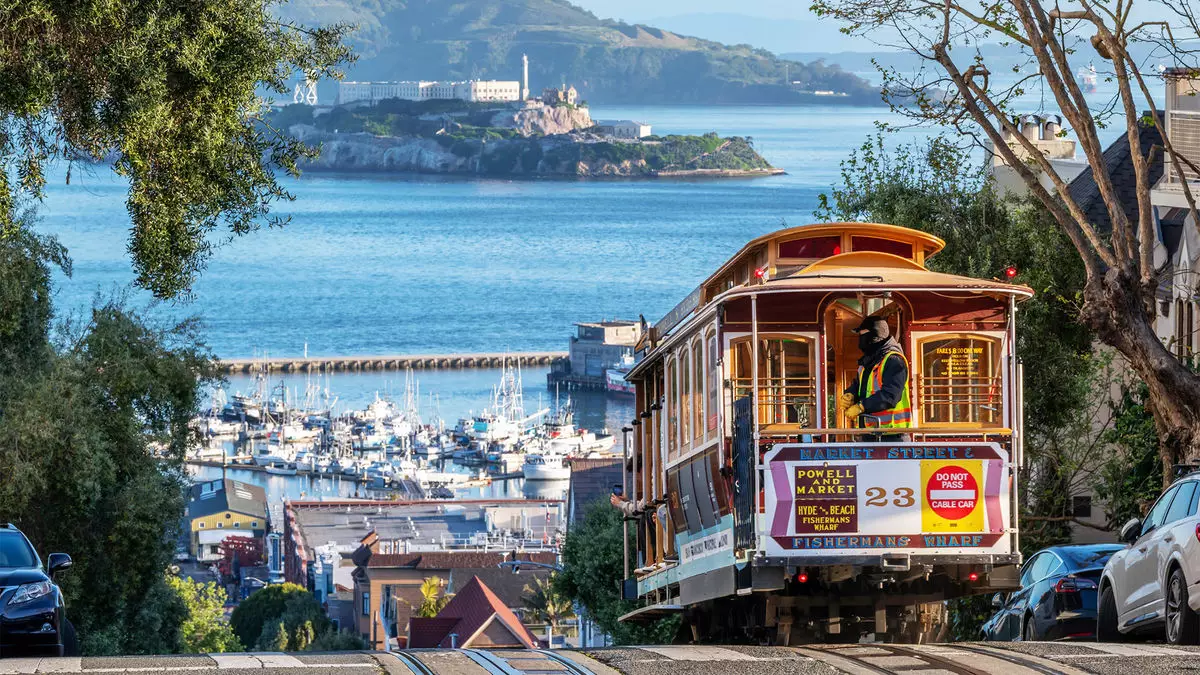In the wake of the COVID-19 pandemic, San Francisco’s tourism and hospitality industry faced unprecedented hardships, reaching a staggering low in 2023. As insiders cautiously predict a resurgence by 2025, it’s vital to unpack the challenges that have plagued the city and how it’s navigating through tumultuous waters. The end of 2024 saw a wearisome resolution to hotel labor strikes that riddled 27% of the city’s hotel inventory, creating a grave impact on the visitor experience. Emmy Hise, a senior director of hospitality analytics at CoStar, articulated the industry’s sentiments, confirming that 2024 was expected to be a particularly tough year. She noted that the absence of major events, like the Asia-Pacific Economic Cooperation summit, contributed significantly to a lackluster convention business.
Performance metrics from the hotel sector illustrated stagnant occupancy rates coupled with declining average daily rates (ADR) and revenue per available room (RevPAR). As detailed in CoStar’s data, ADR fell by approximately 3.8%, while RevPAR declined by 3.7% year-to-date through October 2024. Remarkably, San Francisco found itself at the bottom of the rankings among U.S. markets concerning hotel rate recovery compared to pre-pandemic levels. Once an esteemed destination with room rates averaging $247 in 2019, the current average hovers around $220. This downward trend represents not just an economic statistic but a blow to the city’s identity as a premier travel destination.
As Anna Marie Presutti, CEO of the San Francisco Travel Association, highlighted, 2024 was an arduous year marked by numerous setbacks. The fight against pervasive negative perceptions around safety and other urban issues has been arduous yet crucial. Nevertheless, as crime statistics depict, San Francisco is gradually turning the tide, reporting a notable 32% drop in property crime and a 14% decrease in violent crimes by May 2024 compared to the previous year.
Public safety measures and investments are becoming increasingly prioritized, including funding for 200 additional police officers and advanced surveillance technology to rebuild trust in the city’s security. Moreover, substantial efforts to address homelessness have led to a report revealing the lowest level of street homelessness in a decade, with a decline of 13% since 2022. Presutti’s optimistic assertion that the narrative surrounding the ‘doom loop’ is receding reflects a collective effort to genuinely reshape how both residents and visitors view San Francisco.
Looking ahead, the city is set to host an impressive lineup of high-profile events, including the NBA All-Star Game, NCAA March Madness, and the Laver Cup. Such occurrences are elements designed to restore San Francisco’s image as a bustling hub of activity and excitement. Each of these events not only serves to draw in massive crowds but also provides valuable visibility, potentially shifting perceptions about the city.
Further, events planned for 2026, such as FIFA World Cup matches and the Super Bowl, indicate a robust revival of interest in San Francisco as a destination for major gatherings. The announcement of Microsoft hosting its Ignite convention in November 2025, with a remarkably reduced lead time for booking, hints at a paradigm shift in how events are being scheduled. Traditionally, large-scale conventions took years to plan, but this recent trend indicates a swift recovery, demonstrating confidence in the market.
As optimism builds, San Francisco Travel’s 2025 forecast is promising, anticipating a growth in visitor volume to 23.9 million from 23.2 million in 2024, alongside a rise in projected spending from $9.24 billion to $10 billion. Hotel occupancy rates are similarly expected to improve, with an uptick from 62.8% to 64.1% and an increase in ADR to $232.99 for the coming year.
Moreover, events at the renowned Moscone Center are set to increase from 25 to 30, contributing to a significant jump in associated room nights, projected to soar nearly 60% to 659,700. The city is also implementing initiatives geared towards strengthening the visitor experience, like designated entertainment zones that enhance community engagement through outdoor events, street festivals, and night markets.
Lastly, the marketing approach taken by San Francisco Travel is evident of a shift, aiming to promote the city in non-traditional yet captivating ways. Presutti hinted at innovative strategies set to unveil aspects of San Francisco that may not have been showcased before, ensuring curious travelers discover all that the city has to offer.
While the shadows of recent struggles linger, San Francisco appears to be on a carefully plotted trajectory towards recovery. The city’s commitment to enhancing safety, improving public perception, and hosting high-profile events suggests not merely a return to form, but an evolution into a stronger, dynamic future.


Leave a Reply